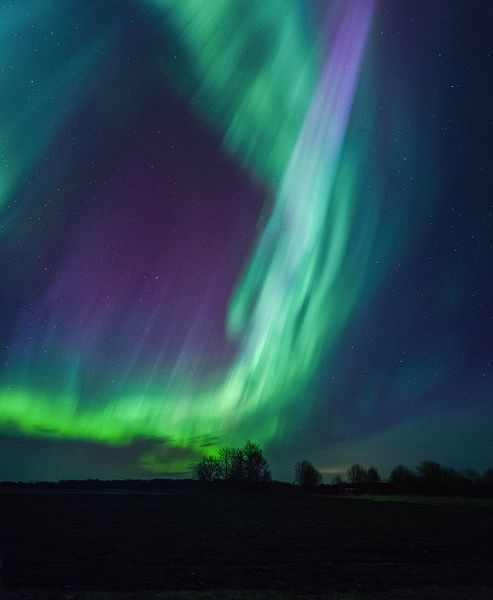Today we saw dozens of very photogenic zebras. This got David and me talking: What came first, the zebra or the stripes?

There are plenty of theories as to why the zebra has stripes – some more fantastical than others.
According to one African tale, the zebra was once pure white. One very hot day, the zebra went down to a watering hole to drink, but the watering hole was being guarded by a baboon bully who didn’t want to share. The zebra and the baboon got into a fight over the water and during the course of the fight, the zebra backed into the baboon’s fire and tripped. The hot branches left black scorch marks on the zebra’s hide.
While that tale, and others like it, are certainly fun to hear, they aren’t terribly scientific. So what says science?
One popular theory posited is that the stripes act as camouflage, but zebras graze in the open in relatively short grass. The stripes aren’t really making them blend into much of anything.
Another theory is that the stripes make it harder for a predator to pick out an individual from the group. Scientists originally believed that the stripes, when viewed at a distance, would simulate heat waves. Thus, that close-up would be confusing, because all the zebras would blend together. In reality, lions are the main predators of zebras and they generally hunt at night. A zebra’s stripes would, in fact, make them more distinct and visible in the moonlight.
The flip side of this theory says that the stripes help zebras recognize individuals in the larger group. This is actually supported by research, which shows that captive zebras prefer standing next to a patterned wall rather than a solid colored wall, but not 100 percent understood.
A relatively new theory that seems to have some merit is that the zebra’s stripes make excellent fly repellant. Cattle (and zebra too) are more susceptible to illness caused by the tsetse fly, which bite as a reaction to movement and dark colors. In fact, the tsetse fly prefers to bite through dark clothing even when a light, bare arm is available.
To test this theory, one study looked at horsefly bites on horses. They set up five “targets” for the horseflies — one black, one white, one grey, one with horizontal stripes and one with vertical stripes. The great target and the target with the vertical stripes had the least number of bites.
Why? The horsefly, like most insects with compound eyes (including the tsetse fly) has the ability to see polarized light. This improves their ability to see solid and dark colors, allows them to “see” heat signatures and enables them to track moving objects (especially dark ones). Because of these specially adapted eyes, the zebras’ stripes would make them disorienting to the horsefly. The stripes, hypothetically, break up the shape of the zebra and make it harder for the fly to focus in to bite.
While this all sounds great in theory, scientists haven’t conducted these same tests on actual zebras in Africa, but they are pretty positive the results would be the same.






